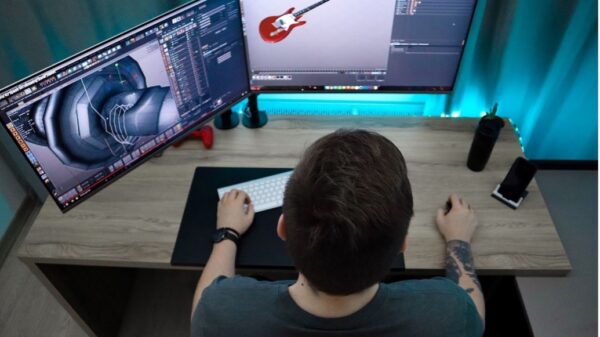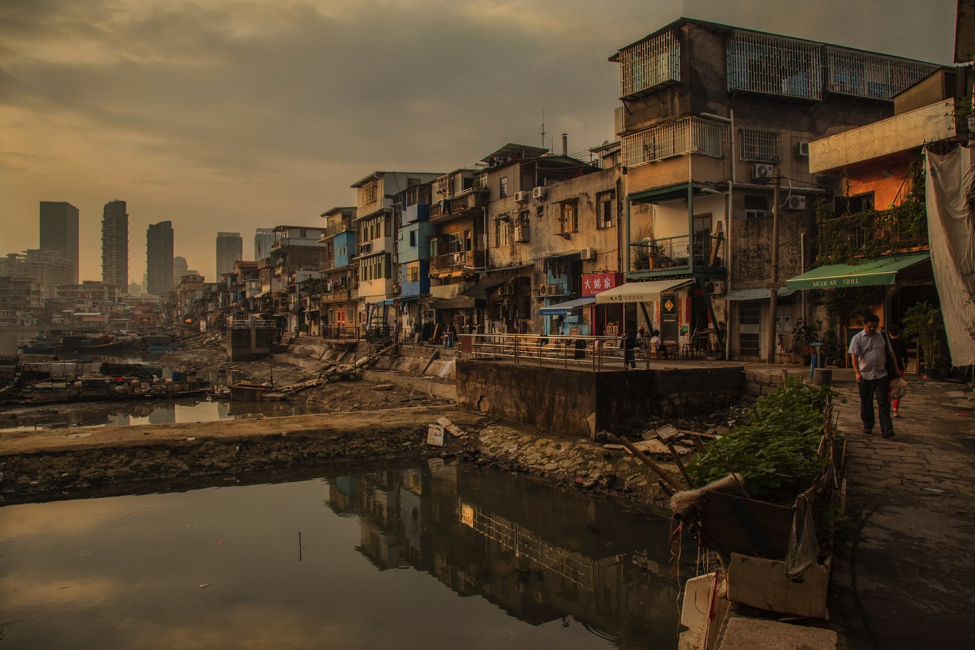Stop-motion animation blurs the line between photography and videography and produces a seamlessly integrated outcome that is a fantastic combination of the two. It is the right blend of photography, imagination and editing skills to create the illusion of movement.
In stop-motion animation, the subject moves or is moved in small increments in between photographs. Each of these shots is strung together in a continuous sequence to produce a short video capturing the entire movement.
Stop-motion animation can be quite trendy and stunning if done right. The subjects could be anything ranging from toys to human beings. An incredible amount of creativity goes into producing the perfect stop-motion animation. The downside is, this type of animation has enough room for errors if you are not careful and even if you recreate the shot to eliminate these mistakes, it is hardly likely that you would get the same shot. Therefore, it is important to be extremely careful while shooting stop-motion photographs.
Let’s take a look at a few ways that can help you capture the perfect shot.
Think Up Ideas to Liven Up Your Stop-Motion Shot
A stop-motion animation tells a unique story. You would need to have a complete idea about what your story is going to be in order to take the right shots. Imagine a short video. Every scene in the video is well-planned and executed to build the story. Your stop-motion animation should portray exactly that.
Since you do not have the advantage of shooting a video with stop-motion photography, you would need to capture the right shots that can be placed in sequence to form the story. In other words, the progression formed should be detectable, in order and should definitely make sense.
Have a Plan
Once you have an idea about your stop-motion animation, the next step is to have a plan. Without it, you are quite likely to find yourself buried underneath a lot of pictures trying to locate the shot that follows the first one. Apart from that, post-processing edits may not provide the outcome you are looking for. A plan can help you avert this complication.
One of the best methods is to create a storyboard. The following steps will be of help:
- Select the subject you wish to center your story around. Your subject can be inanimate.
- The next step is to visualize your story. Think of the elements and props you would like to include in the images. Also, think of how you would like your story to progress, the motions you would like to include and even the flow of expressions that you would like to capture to build the story.
- Once you have a story in mind, it is time to put it in writing. This is when you write the script. This will help you identify and eliminate any error.
Use the Right Light
The only drawback with stop-motion animation is the scope for animate objects to move in between shots. This is because such movements tend to produce a motion-blur effect. When you are capturing the shot, the subject could be in the process of motion instead of being still. In fact, this is what captures the essence of stopped motion. However, this motion may not be as smooth as you would like it to be, thus creating distorted shots. This is where light comes into play.
One of the best methods to conceal the blur is by shooting the subject in low light conditions. This will help provide a certain amount of smoothness to the shots. As a result, when the shots are played in a sequence, the blurred effect is reduced considerably.
Another method would be to use distracting lights to shift the focus from the motion-blur. You can implement this by including light from a lamp or LED in the pictures or even light graffiti. This will also add a dramatic effect to the stop-motion animation.
While assembling the images, you can experiment with various frame rates to select the one best suited to your story. You can also add audio effects to enhance the entire animation.
Executing a stop-motion animation requires a thorough knowledge of your camera settings, a steady hand and a good plan. Therefore, it is important to polish your skills. If you are located in Dubai, you can consider enrolling in photography classes in Dubai to fine tune your skills.
Tristan Taylor, a proficient fashion photographer, is associated with various photography workshops, seminars and symposiums. He keeps himself updated with nitty-gritties of fashion photography industry. Tristan found Gulf Photo Plus extremely helpful to extract information regarding Fine art printing, Giclee print and other aspects related to photography.























































































































































































